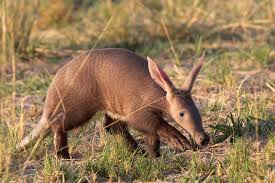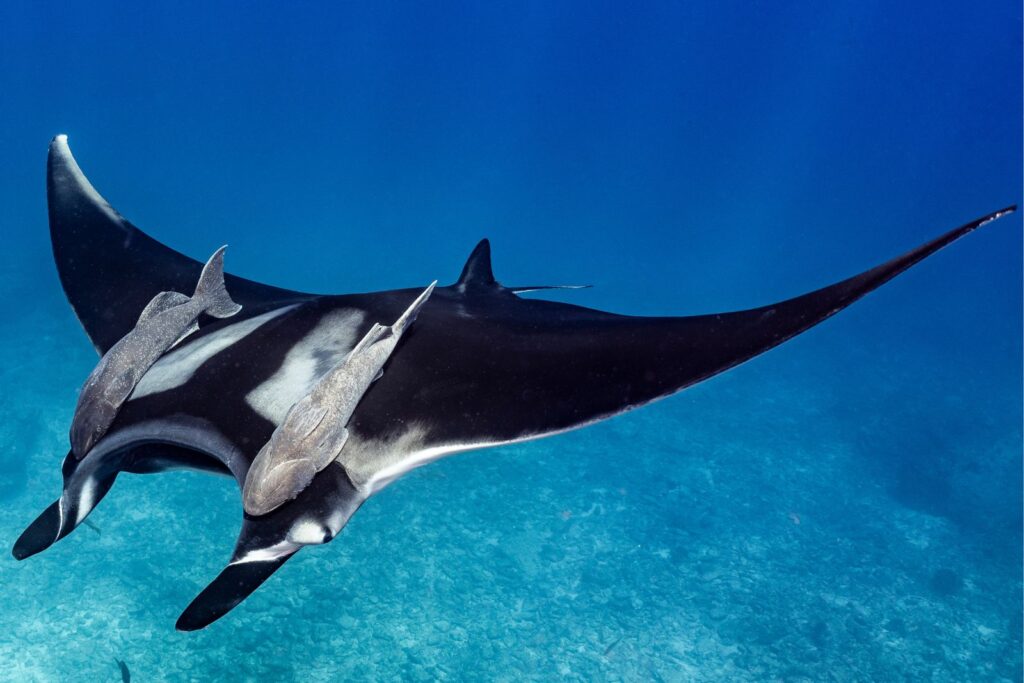Aardvark: Unraveling the Mysteries of Africa's Unique Mammal

The aardvark, with its peculiar appearance and nocturnal habits, is a creature shrouded in mystery. Here's a closer look at this remarkable mammal:
Anatomy and Characteristics:
The aardvark boasts a unique appearance, with a long snout, rabbit-like ears, and a sturdy body covered in coarse hair. Its specialized adaptations, such as strong claws for digging and a sticky tongue for capturing insects, make it well-suited for its nocturnal lifestyle.Habitat and Range:
Native to sub-Saharan Africa, aardvarks inhabit a variety of habitats, including savannas, grasslands, and woodlands. They are primarily solitary creatures, preferring to roam their territories under the cover of darkness in search of food.Diet and Feeding Behavior:
Aardvarks are insectivores, with ants and termites comprising the bulk of their diet. Using their keen sense of smell, they locate underground colonies and use their powerful claws to dig into termite mounds or ant nests. Their long, sticky tongues then extract the insects for consumption.Reproduction and Life Cycle:
Little is known about the reproductive behavior of aardvarks due to their elusive nature. Females typically give birth to a single offspring after a gestation period of around seven months. Young aardvarks remain in their mother's burrow for several months before venturing out on their own.Conservation Status:
While not currently considered endangered, aardvarks face threats such as habitat loss, human encroachment, and hunting. Increased efforts are needed to study and protect these elusive creatures to ensure their long-term survival in the wild.The aardvark may be one of Africa's most enigmatic mammals, but its role in shaping ecosystems and controlling insect populations is invaluable. By shedding light on its biology and behavior, we can foster greater appreciation for this unique and elusive creature.
